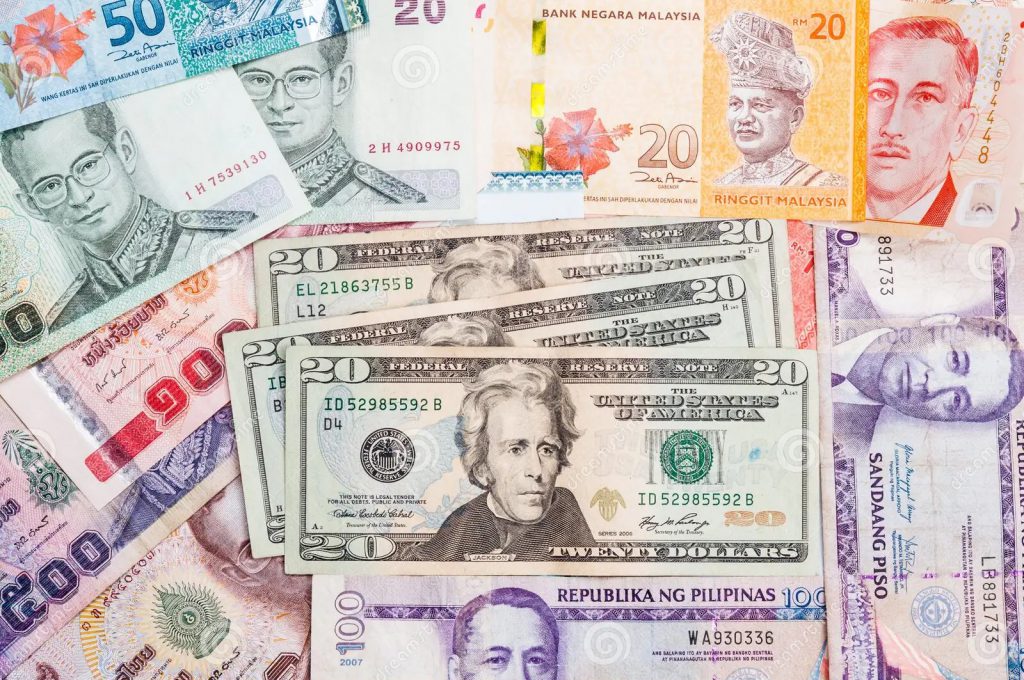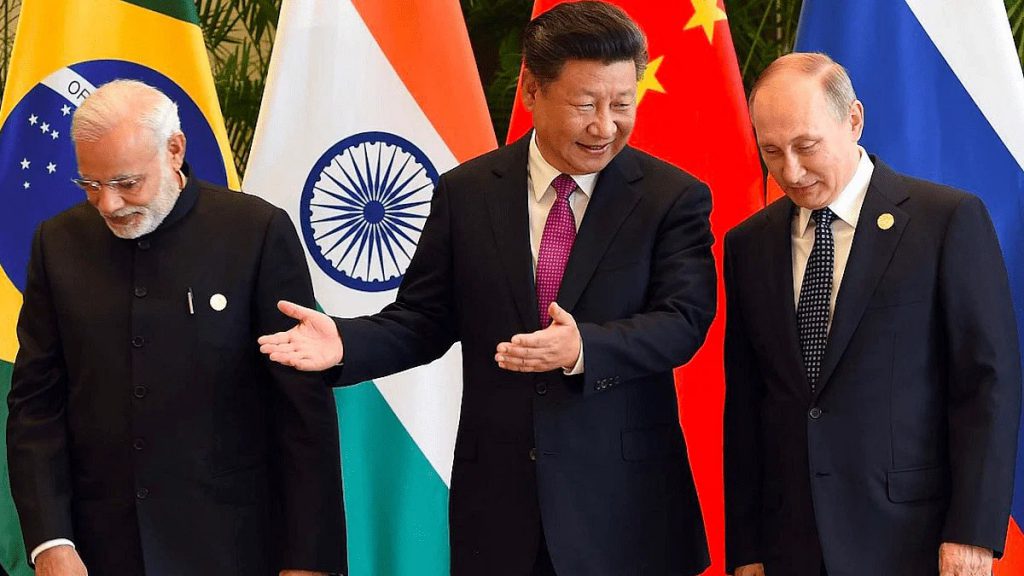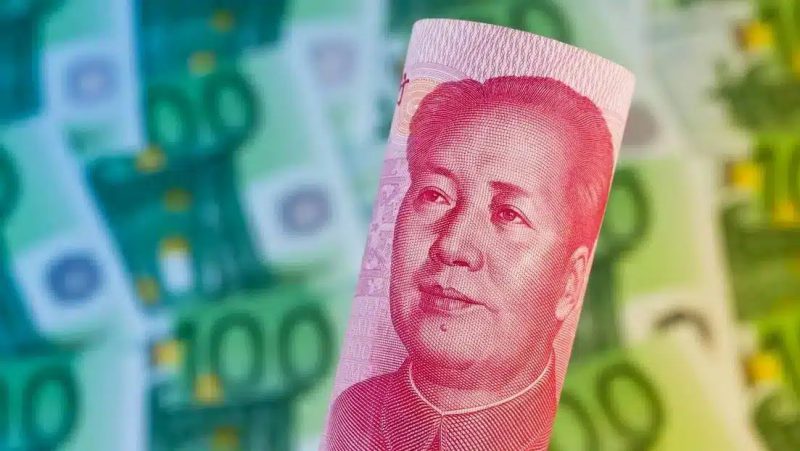In what is certainly a positive development for the BRICS bloc, China’s Yuan is now the 4th most used global currency. Reports from earlier this week highlighted the US dollar’s continued dominance, ranking first and constituting 48% of global trade. However, China’s ascension into the top five has marked a noted increase.
The Financial Times figures show that the renminbi is only behind the euro, sterling, and greenback in its global usage. Additionally, it has surpassed Japan’s yen in global payment transaction share for the first time since 2022. Subsequently, the events signaled a noted jump in nearly two years.


Also Read: BRICS Confirms Another 6 Country Expansion in 2024
China’s Yuan Ascends List of Most Used Global Currencies’
Throughout the last year, the BRICS alliance has become a key aspect of the geopolitical sector. As expansion and de-dollarization efforts have multiplied, the bloc has increased its share of global power. Subsequently, it has inched ever closer to its end goal of international multipolarity.
Now, that shift has continued in international currency usage. Specifically, the BRICS bloc has seen China’s yuan become the 4th most used global currency. It is now only behind the euro, sterling, and US dollar after replacing Japan’s yen on the list. The ascension is certainly attributed to its low interest rates, which have increased the currency’s allure throughout the year.


Also Read: BRICS Expansion a Geopolitical Tactic or Economic Power Play?
The global currency usage metrics were revealed this week by SWIFT, which noted the yuan’s 4.6% share in November. Moreover, they revealed the data showing a 3.6% increase from October, despite its poor performance throughout the year against the dollar.
Analysts have reported the gains of the yuan to Beijing and its efforts. Specifically, it has sought to “increase the currency’s international profile as part of a broader drive to mitigate the risk posed to China” by the US dollar’s dominance.
Alternately, Asia-Pacific Strategist at BNP Paribas Asset Management, Chi Lo, noted a potential trend. Indeed, they stated that the November data “may even be the start of a slowly rising trend for the renminbi’s share of SWIFT [payments].”





